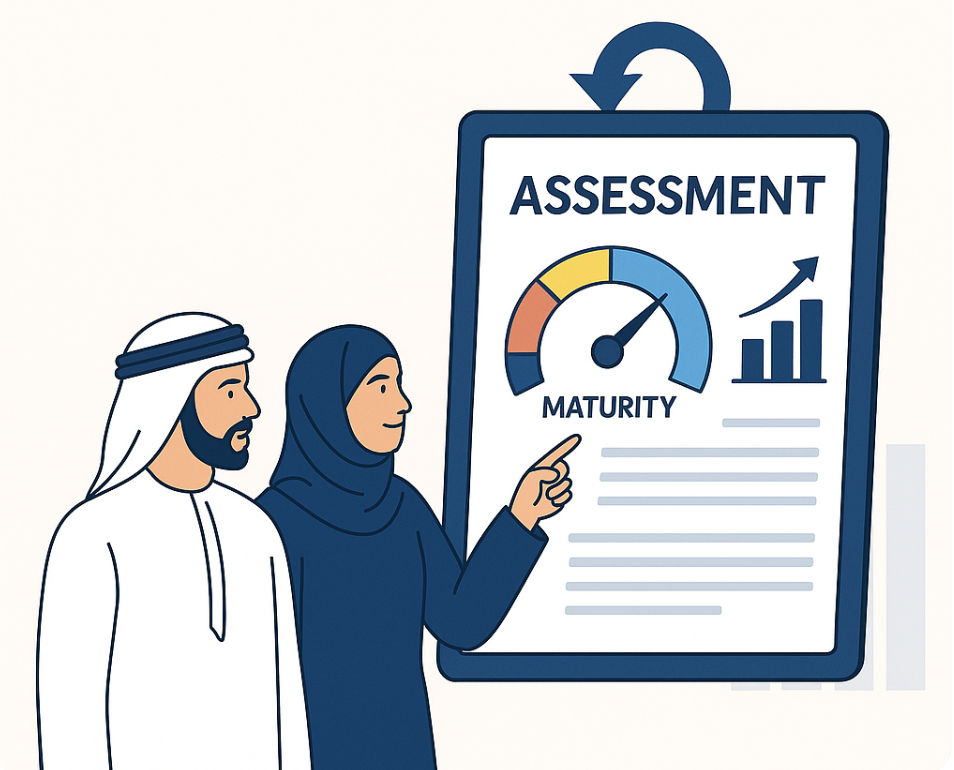Before we delve into the details of the two organisations, let’s take a moment to look back on the history of Scrum itself. Scrum dates back to the early 1990s when it was created by Jeff Sutherland and Ken Schwaber, building upon work by Hirotaka Takeuchi and Ikujiro Nonaka, who in the late 1980s described a new, holistic approach to product development. They proposed a 'rugby' approach, where a cross-functional team moves together down the field, passing the ball back and forth. Inspired by these ideas, Sutherland and Schwaber developed the Scrum framework, which they presented at the OOPSLA conference in 1995 in a paper titled 'The Scrum Development Process'.
Scrum was created as a response to the challenges faced by organisations in managing complex software development projects. Traditional project management methods, like Waterfall, were found to be inadequate for such projects, often resulting in delays, budget overruns, and products that did not meet the customer's needs. Scrum was designed to be a more flexible and adaptive approach, allowing teams to respond quickly to changes and deliver high-quality products.
The key principles behind Scrum include iterative development, self-organisation of teams, and empirical process control, which involves making decisions based on observation and experimentation rather than detailed upfront planning. These principles were influenced by the Agile Manifesto, a set of values and principles for software development under which requirements and solutions evolve through the collaborative effort of self-managing and cross-functional teams.
Since its creation, Scrum has been widely adopted by organisations around the world and has become one of the most popular Agile frameworks. It has been applied not only in software development but in various other fields as well, including marketing, education, and healthcare. The Scrum Guide, which is the definitive guide to Scrum, has been updated several times to reflect the evolving understanding of the framework and its best practices.
Get in touch with us for a free consultation if you would like to explore any of the topics discussed below, or to find out how our enterprise Agile coaches could help your business to deliver faster, better and cheaper.
The Two Global Scrum Players
The Scrum landscape is dominated by two major organisations: Scrum.org and Scrum Alliance. Both organisations offer Scrum certifications and training, and both have their own cohort of passionate followers and advocates. In the interests of transparency, we at Agility Arabia sit in the Scrum.org camp - based on our knowledge and professional experience, we feel that the overall value proposition offered by Scrum.org is far superior to Scrum Alliance.
This article provides an overview of each approach, traces their origins, lists their pros and cons, and highlights the key differences between the two.
Scrum.org
Overview: Scrum.org was founded in 2009 by Ken Schwaber, one of the co-creators of Scrum. Scrum.org provides comprehensive training, assessments, and certifications to improve the profession of software delivery, although it should be noted that the Scrum Framework is just as applicable to non-software engineering domains. The Scrum.org organisation focuses on a rigorous, standardised approach to Scrum, emphasising consistency and depth of understanding.
Their slogan is “Helping people and teams solve complex problems”.
History: Scrum.org was created after Ken Schwaber left the Scrum Alliance. Schwaber wanted to create a more rigorous testing and certification process, focusing on Scrum as a framework for complex product delivery. He felt that the original incarnation of Scrum was not as effective as it could or should be: he coined the term “flaccid Scrum” to describe what he saw as 50% of Scrum projects not actually delivering any value. He sought to address that by creating Scrum.org and its extension of the Scrum Framework, “Professional Scrum”
Pros:
Rigorous Testing: Scrum.org has a reputation for having challenging exams that test deep understanding and knowledge of Scrum. You can be sure that someone with a Scrum.org certification clearly knows their stuff, particularly holders of the more advanced level assessments.
No Renewal Fees: Once you have passed an exam, your certification does not expire and there are no fees to renew it. But practitioners are strongly encouraged to maintain their knowledge and learning - Scrum.org provides a wealth of materials for practitioners to freely study to develop their skills further and to keep on top of the latest trends in Scrum.
Consistent Training: All trainers follow the same content and materials, ensuring consistency and quality across all training events.
Cons:
Less Emphasis on Soft Skills: The training and certification are heavily focused on the Scrum framework and its principles, which means there may be less emphasis on the soft skills necessary for a Scrum Master or Product Owner.
No Membership Community: Scrum.org does not have a formal membership community or annual membership fee.
Scrum Alliance
Overview: The Scrum Alliance was founded in 2001 by Ken Schwaber along with Mike Cohn and Esther Derby. It is the oldest and the largest certification body for Scrum, although that is likely a reflection of the fact that the certification is easier to obtain than Scrum.org courses. The Scrum Alliance offers a broad range of certifications for Scrum accountabilities, as well as coaching and leadership certifications.
History: The Scrum Alliance was created to help organisations and individuals understand and implement Scrum. Their slogan is “Together, we are transforming the world of work”. Over the years, it has grown into a large, global organisation with a strong emphasis on community and continuous learning.
Pros:
Community Focus: The Scrum Alliance places a strong emphasis on community, offering a membership community, regional gatherings, and global events.
Continuous Learning: The certification path encourages continuous learning and development, with a range of certifications available for different accountabilities and levels of expertise.
Emphasis on Soft Skills: The training and certifications cover not only the Scrum framework but also the soft skills necessary to be successful in the Scrum accountabilities.
Cons:
Certification fees: These are much higher with Scrum Alliance as you are required to take a course in order to take the exam. With Scrum.org, it is possible for those that are dedicated and willing to invest the time to self-study to take the exam without a formal training course (although this is a risky approach).
Renewal Fees: Certifications need to be renewed every two years, which involves a renewal fee.
Continuous learning: Whilst we rightly call out the positives above of this aspect of Scrum Alliance certifications, it is inevitably going to be a burden for busy professionals to have to ensure that they are completing the requisite amount of training each year so that they accrue enough Scrum Education Units (SEU) to qualify for a renewal. This does require holders to spend time (and sometimes money) on courses, webinars, at events or reading in order to generate enough SEUs.
Varied Training Quality: Training is provided by a wide range of Certified Scrum Trainers, which can lead to variability in the quality and content of the training.
Depth of knowledge required - some argue that Scrum Alliance certifications are little more than a certificate of attendance as the bar to achieving a pass grade is relatively low when compared to Scrum.org.
Conclusion
Both Scrum.org and the Scrum Alliance have their merits, and the right choice for you will depend on your priorities. If you value a rigorous, standardised approach to Scrum and do not want to worry about renewing your certification, Scrum.org may be the right fit for you. If you value community involvement, continuous learning, and an emphasis on soft skills, the Scrum Alliance may be a better fit.
Ultimately, the most important thing is to understand the Scrum framework deeply and to apply it effectively in your work. Whichever path you choose, remember that certification is just the beginning of your Scrum journey.
If you are keen to explore this topic in more depth, or to investigate training courses to upskill your Scrum career, get in touch with us today.




